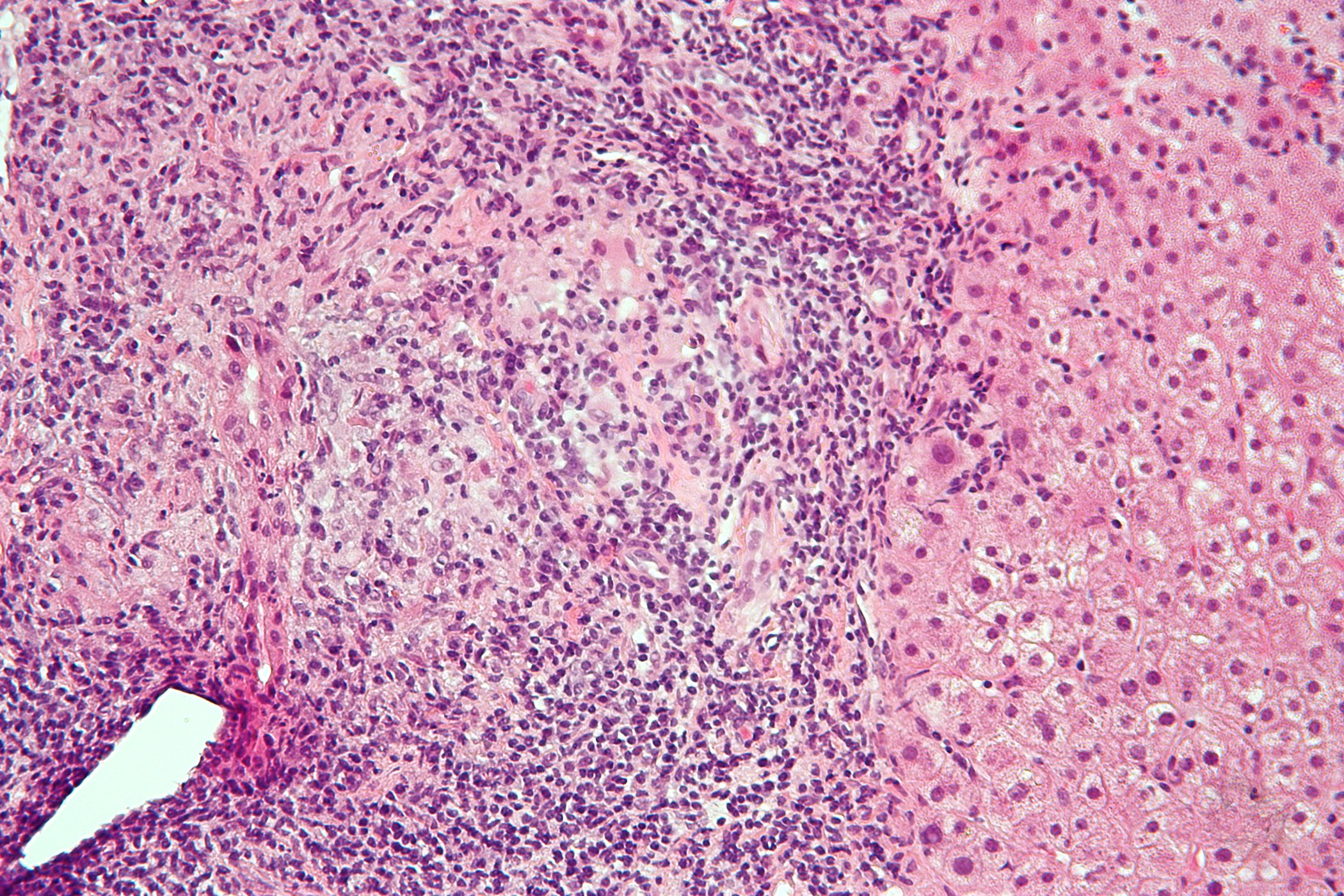A 58-year-old preadipose patient with type 2 diabetes mellitus and other comorbidities is diagnosed with incipient renal impairment during a workup. This makes it necessary to adjust the diabetes therapy.
Background:
A 58-year-old man presented for evaluation of recurrent bilateral calcium oxalate and uric acid stone disease. The patient suffered from arterial hypertension, dyslipidemia, type 2 diabetes mellitus, and high urinary acidity (fasting urine pH 5.12).
The patient is self-employed as a body shop mechanic and has a seriously chronically ill wife. Due to this professional and family situation, he is very stressed. During the work-up, recurrent calcium oxalate uric acid nephrolithiasis and metabolic syndrome as defined by the International Diabetes Federation in 2005 were also diagnosed. This means central obesity plus arterial hypertension, type 2 diabetes mellitus, and lowered HDL cholesterol.
Anamnesis and diagnostics
Physical examination revealed a weight of 83 kg with a height of 167 cm, corresponding to a BMI of 29.8 kg/m2 and thus preadiposity according to WHO classification. In addition, blood pressure was slightly elevated at 136/82 mmHg, whereas pulse rate was in the normal range at 72/min. Fasting blood glucose was 5.7 mmol/l and HbA1c value was 7.5%. Lipid levels were within the normal range.
The patient’s renal values were all in the normal to slightly elevated range, but indicated incipient renal damage. Thus, creatinine clearance was 97 ml/min/1.73m2 and mild proteinuria of 132 mg/24 h and microalbuminuria with an albumin-creatinine ratio of 8.1 mg/mmol (normal value < 2.5 mg/mmol) were noted.
Therapy
Hypertension, dyslipidemia, and type 2 diabetes mellitus had previously been treated as follows: Candesartan/hydrochlorothiazide (16 mg/12.5 mg, 1-0-0) had been used as an antihypertensive and rosuvastatin (20 mg, 1-0-0) for dyslipidemia. Liraglutide (Victoza®) was initially administered for the treatment of type 2 diabetes mellitus, but had to be discontinued due to intolerance (nausea). Subsequently, the patient was switched to sitagliptin/metformin (Janumet®, 50 mg/1000 mg, 1-0-1). Furthermore, aspirin (100mg, 1-0-0) was also dispensed.
In addition to the previous therapy, a dietary change with reduction of carbohydrates was recommended. Due to the stressful private and professional situation, it was unfortunately not possible for the patient to exercise more.
Due to the onset of renal impairment and the fact that the HbA1c target value had not yet been reached, the existing diabetes therapy was newly supplemented with the SGLT-2 inhibitor canagliflozin (Invokana®). Treatment was initially started with 100 mg (1-0-0) and subsequently the dose was increased to 300 mg (1-0-0). The switched therapy was well tolerated.
Present situation
The control after five months showed an improvement of the measured values for the most part. Thus, systolic and diastolic blood pressure were lower at 128/80 mmHg (-8/-2 mmHg) and pulse remained the same at 72/min. Fasting blood glucose was slightly higher at 5.6 mmol/l (+0.3 mmol/l), but HbA1c was lower at 6.5% (-1.0%). Creatinine clearance at 87 ml/min/1.73m2 had decreased by 10 ml/min/1.73m2. Proteinuria at 104 mg/24 h (-21% from baseline) and microalbuminuria at 3.4 mg/mmol Crea had greatly improved over these five months. In addition, the patient lost a total of 6 kg and now weighed 77 kg.
|
Author: PD Dr. Bernhard Hess, Specialist in Nephrology/Internal Medicine, Bellariastrasse 38, 8038 Zurich with editorial support from Dr. rer. nat. Christin Döring, IACULIS GmbH. Copyright and responsibility for the content of the patient case rests exclusively with the author.
| Do you also have an interesting diabetes case?
Then join us and submit a patient case! Our editorial team looks forward to receiving your e-mail at diabetescases@medizinonline.ch |













